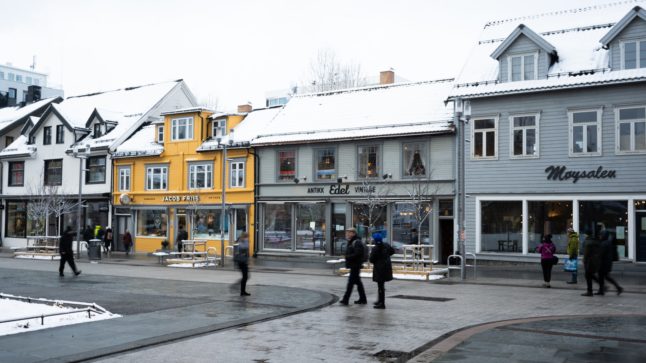It’s been impossible to ignore the war and devastation unfolding in Ukraine. Scenes of destruction and human suffering have led to many feeling powerless and unsure of how to help those in Ukraine. But there are several ways you can help from Norway.
We may not, as individuals, be able to impose sanctions on Russia or provide warehouses of humanitarian aid. However, there are still many real and direct ways we can support the people of Ukraine and their fight for democracy. Here are a few of them.
Donate to humanitarian organisations:
There are a number of humanitarian organisations on the ground in Ukraine helping in different ways. Here are some which you can donate to.
UNICEF
UNICEF is working to help children in Ukraine in a number of ways, including meeting needs for safe water, healthcare and protection, providing medical and education supplies, supporting psychosocial care to children in need and continuing efforts to address Covid-19 in Ukraine.
You can donate via their website using card or payment app Vipps to pay.
The Red Cross
The Red Cross are experienced at working in Ukraine – they have been in the country for the last eight years. Their work in the country includes providing clean water, food and toiletries to families, first aid, psychological support, giving money to those in need, supplying hospitals with medical supplies and repairing vital infrastructure.
You can donate by card here or using Vipps and sending the sum to 2272.
UNHCR
The United Nations Refugee Agency, UNHCR, has been in Ukraine since 1994. UNHCR works to provide shelter for refugees, give emergency care, repair homes that have been destroyed, provide winter clothing and repair schools so that children can continue their education.
You can donate here.
Doctors Without Borders
Doctors without borders, also known as Medecins Sans Frontieres or Leger Uten Grenser, are also active in Ukraine, providing healthcare within the country and neighbouring countries.
You can donate to Doctors Without Borders via their website.
NRC (Norwegian Refugee Council)
The Norwegian Refugee Council assists people who have been made refugees all over the world. You can donate to their efforts here.
Donate to support Ukrainian media:
In the wake of Russia’s invasion, accurate information is more important than ever. But journalists working in the country are facing unprecedented challenges.
As a result, media partners across Europe are joining forces to give Ukrainian outlets all the financial, operational and technical support they need at a challenging time.
And as the robust response to Vladimir Putin’s aggression from the EU and elsewhere has shown, coordinated challenges to Russia’s attack are entirely necessary to ensure that Ukraine can continue to operate as a modern, functioning democracy.
If you would like to donate, you can find all the information here or in our article on this campaign.
Support the Ukrainian military directly:
To support the Ukrainian military directly, you can donate to Army SOS, which buys the supplies the army needs (including things like radio sets, uniforms, supplies and ammunition) and promises to deliver them straight to the front lines. You can also donate to the army via a special fund set up by the National Bank of Ukraine and Come Back Alive, a foundation set up to support the Ukrainian military by purchasing essential equipment like body armour and helmets.
Join a solidarity protest
It may feel indirect compared to donating money or handing over physical aid at a collection point, but getting out on the streets in a show of solidarity with the people of Ukraine is a vital part of the picture.
Not only is it crucial at this juncture to show Ukraine the world is with them, but protesting is also a good way of channelling pent up frustration, anger or sadness into something productive and connecting with other people who are feeling the same way.
Push for an appropriate response:
This one may take some reading upon, but if you’re passionate about, for example, toughening sanctions on Russia or ensuring a more robust response to the crisis from politicians, companies or sports teams you follow, it doesn’t hurt to put pressure on them.
You can do this by tweeting them or writing to them directly to express your opinion. But, of course, it’s best to do this politely and by stating a few key grounds for your opinions.
Do you know another way people in Norway can help Ukraine, which is not on our list? Tell us so we can update it – either comment on this article or email us at [email protected]



 Please whitelist us to continue reading.
Please whitelist us to continue reading.
Member comments